Grinding for loot is the name of the game, and while Diablo 4 isn’t quite as bad as other loot-grinds when it comes to the various rarity tiers, it’s still worth knowing what each color grade means. In service of that goal, this page will cover all the item rarities in Diablo 4, detailing where you can expect to find items of various rarities and what the differences between them actually are.
Equipment Stats and Modifiers in Diablo 4¶
Equipment in Diablo 4 comes in three broad archetypes: weapons (including off-hand weapons, shields and focuses), armor and jewelry (2x rings and an amulet). Weapons generally increase your Attack Power, which is a crude measurement that includes, among other things, your Damage Per Second (DPS). Armor increases your Armor score, a purely additive value which determines how much damage you resist from physical attacks. Jewelry bears resistances to elemental damage instead of Armor. Higher level gear will have higher base stats (Damage, Armor, Resistances), while rarer equipment will have more random stat modifiers with more substantial boosts to various stats.
Every item has an Item Power score which roughly gauges the gear’s overall potency, and while you can coast through much of the main story by just equipping whatever has the highest Item Power (at least on lower difficulties), if you want to successfully play on higher World Tiers, however, you’ll actually need to pay attention to the individual stats on magical, rare and legendary items and seek out equipment with specific modifiers that benefit your build.
The least valuable and potent, common gear provides little aside from base damage, armor and resistances.
Common Items in Diablo 4¶
As the name implies, common (white) items are the least valuable and most abundant grade of gear in the game. At least, it is early on. Defeated trash mobs will frequently yield common gear, as will lower-grade containers - stumps, corpses, and mundane chests being prime examples. You’ll quickly grow out of this gear, and it will ironically become less common as times goes on, as magical (blue) items quickly become the low-tier standard. Ideally you’ll grow out of this grade of gear by the time your level is in the double digits, and you’ll hopefully never have to look back (although rings and amulets may take a few more levels). Common weapons, shields, rings and amulets usually have one random modifiers appropriate for the item type, while common armor has no random modifiers (they just provide armor bonuses).
- Common weapons and shields usually possess one random modifier.
- Common amulets and rings usually possess two resistances (in lieu of Armor) and no random modifiers.
- Common armor usually possesses no random modifiers.
Magical gear boasts higher stats than common equipment, as well as one or two random stat modifiers.
Magical Items in Diablo 4¶
Magical (blue) items are a step up from their common counterparts, having generally higher stats and more random modifiers. These will become more common as times goes on, and while initially a welcome improvement over common gear, by the time your level is in the teens magical gear will become inventory clutter fit for little more than salvaging or selling. Still, general boons like stat bonuses, cooldown reduction and resistances are welcome enough.
- Magical weapons and shields usually possess two random modifiers.
- Magical amulets and rings usually possess one random modifier.
- Magical armor usually possesses one random modifier.
The workhorse rarity for most of the game, rare gear boasts several random stat modifiers.
Rare Items in Diablo 4¶
For most of the game, rare items will be the standard gear you’ll be wearing, albeit only because until you reach max level you won’t be able start stockpiling top-tier legendaries. Rare (yellow) gear is another step up from magical (blue) gear in terms of potency, usually bearing higher base stats and more numerous and potent modifiers. Notably, rare items very frequently bear skill-boosting mods, which can make individual rare items more or less useful for certain builds than their pure Item Power would otherwise suggest.
- Rare weapons and shields usually possess 3-4 random modifiers.
- Rare amulets and rings usually possess 3-4 random modifiers.
- Rare armor usually possesses 3-4 random modifiers.
(1 of 2) The chime sound effect and pillar of light that accompanies legendary drops makes it clear these are special.
The chime sound effect and pillar of light that accompanies legendary drops makes it clear these are special. (left), Legendary gear has higher stats than other rarities of the same level and boasts more random stat modifiers, including a unique modifier not found elsewhere. (right)
Legendary Items in Diablo 4¶
The best gear you can get your hands on throughout almost the entirety of the game’s two “normal” difficulties (World Tier 1 and World Tier 2), legendaries will make up most of the substance of a character’s build. When a legendary item drops you’ll hear a chiming sound and a pillar of light will beam towards the sky from the wondrous drop. It’s a great effect, even if a bit toned down from Diablo 3. These weapons have the highest stats and the most modifiers, but suffer - if that’s the word for it - somewhat in variability. Many legendaries have unique stats that don’t vary (at least, not in effect - sometimes magnitude is another story), and these are what makes legendary items special, aside from the aforementioned higher stats/more random modifiers. In addition to functionally being “super rares”, their unique effect can make or break builds, usually significantly altering a specific skill or key aspect of gameplay. One legendary is interesting enough for how it alters skills, but numerous legendaries equipped at once can drastically change how a class plays. Keep the ones with the most useful mods, as their mods can be salvaged via a Occultist and transfered to new gear - ideally higher level specimens with higher/better stats.
- Legendary weapons and shields possess 4+ random modifiers.
- Legendary amulets and rings possess 4+ random modifiers.
- Legendary armor possesses 4+ random modifiers.
Unique gear is, at a glance, very similar to legendary gear, save that its stats (although not the variable numbers attached to said stats) are static.
Unique Items in Diablo 4¶
Appearing only in World Tier 3 and later, unique items are… well, unique. They’re handcrafted items whose stats and unique mod are designed to fill a particular gameplay or lore niche, usually focusing on an assortment specific, often complimentary stats. ![]() Frostburn gauntlets, for example, boost cold damage, freeze duration and on Lucky Hits they’ll restore the user’s primary resource and have a chance to freeze enemies - a play on the name of the items and stat references to the bonuses given by the original variant in Diablo 2. Unlike legendary gear, unique stats and mods do not vary in type, but they can vary in numerical value. The
Frostburn gauntlets, for example, boost cold damage, freeze duration and on Lucky Hits they’ll restore the user’s primary resource and have a chance to freeze enemies - a play on the name of the items and stat references to the bonuses given by the original variant in Diablo 2. Unlike legendary gear, unique stats and mods do not vary in type, but they can vary in numerical value. The ![]() Harlequin Crest will always give a bonus to All Stats, but this bonus will vary based on RNG and the level of the item itself, for example. A handful of uniques will likely be the best-in-slot items for each build/class, but their properties cannot be altered or salvaged by the Occultist, so they’re more immutable than legendary gear, and however pretty they may be, getting a unique drop that doesn’t boost stats and skills you need will not outcompete a legendary that does. That being the case, your endgame gear will likely consist of a variety of choice uniques and the rest will be gear bearing the best legendary mods for your playstyle.
Harlequin Crest will always give a bonus to All Stats, but this bonus will vary based on RNG and the level of the item itself, for example. A handful of uniques will likely be the best-in-slot items for each build/class, but their properties cannot be altered or salvaged by the Occultist, so they’re more immutable than legendary gear, and however pretty they may be, getting a unique drop that doesn’t boost stats and skills you need will not outcompete a legendary that does. That being the case, your endgame gear will likely consist of a variety of choice uniques and the rest will be gear bearing the best legendary mods for your playstyle.
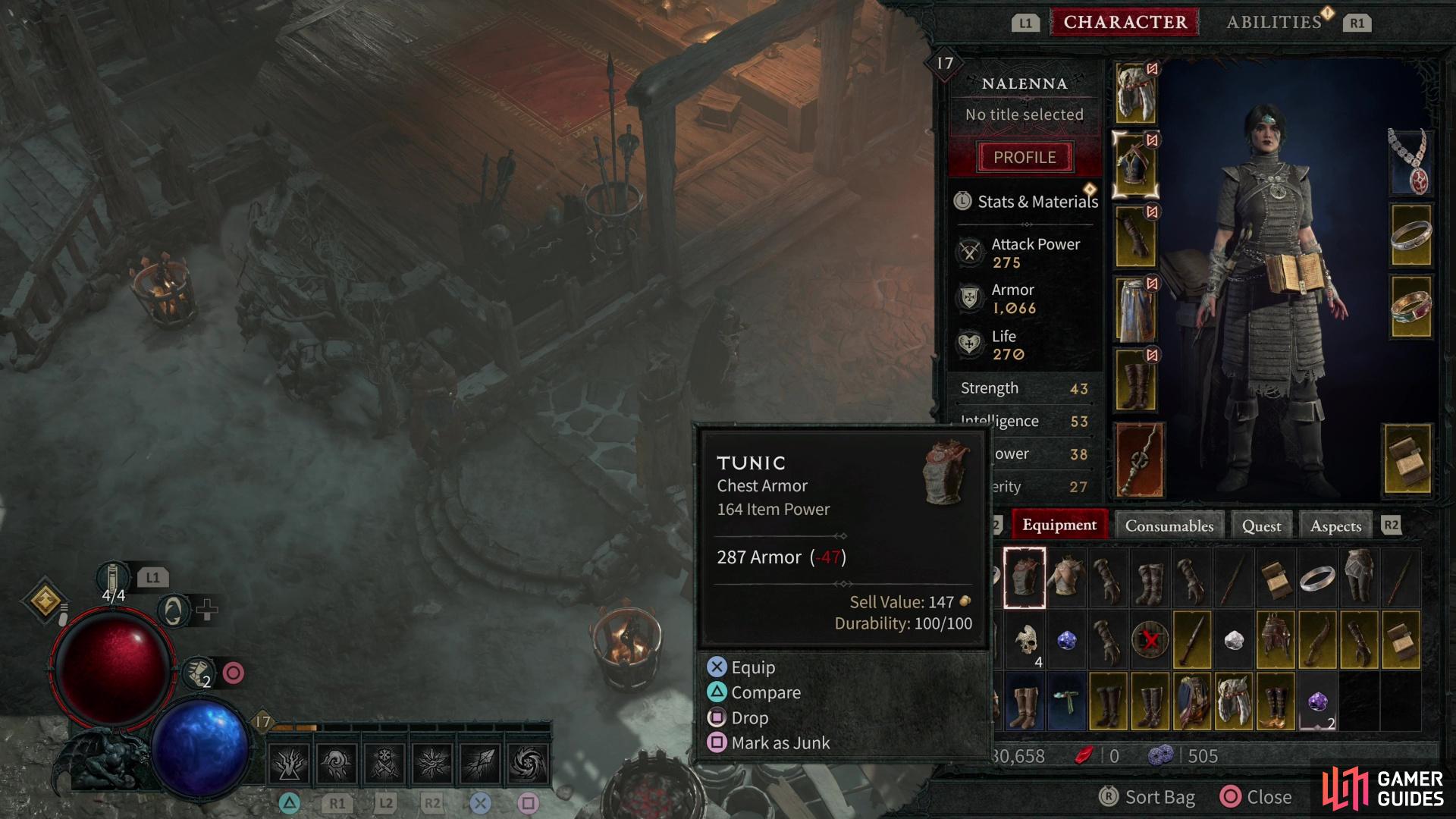

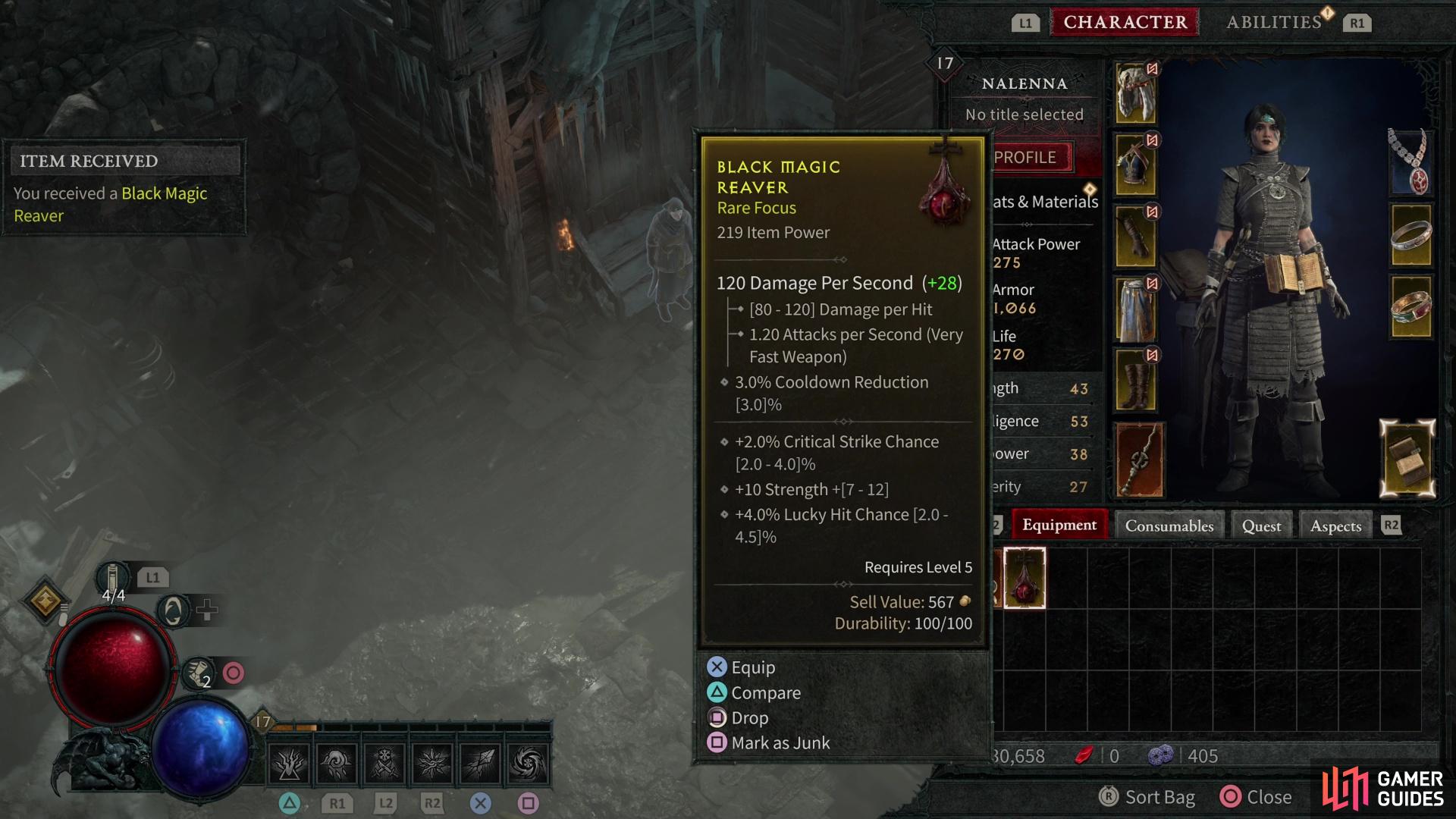
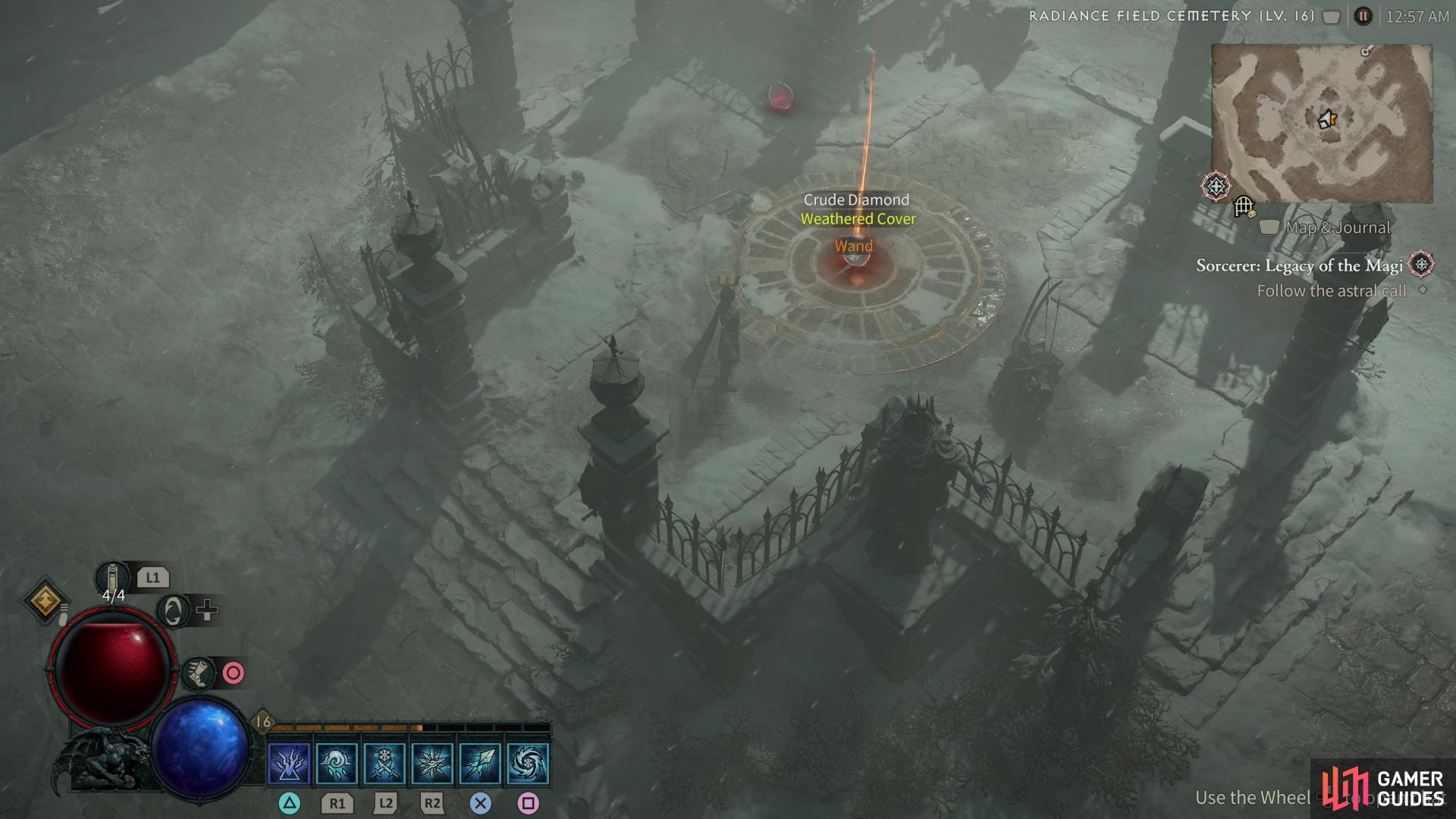
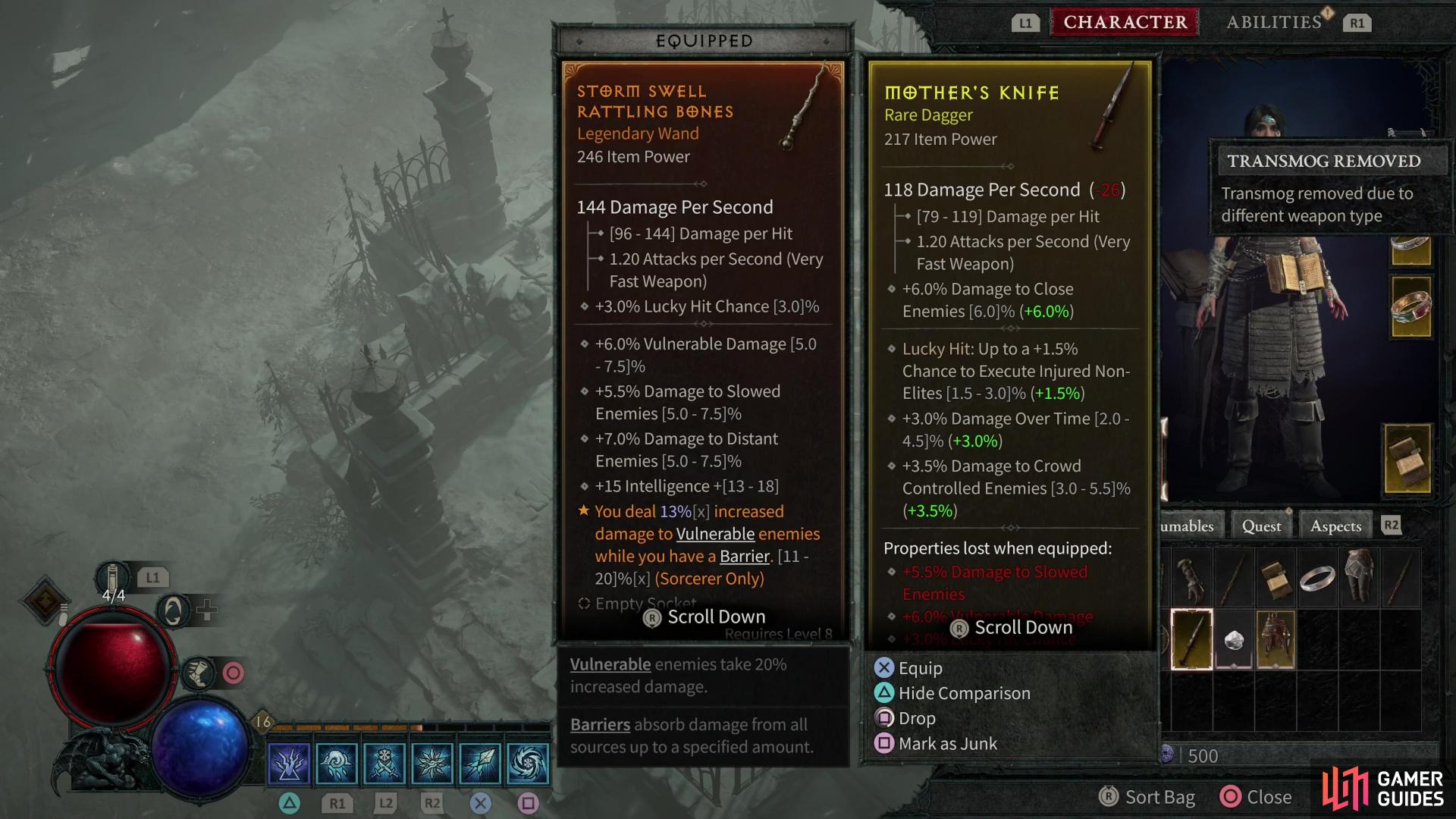
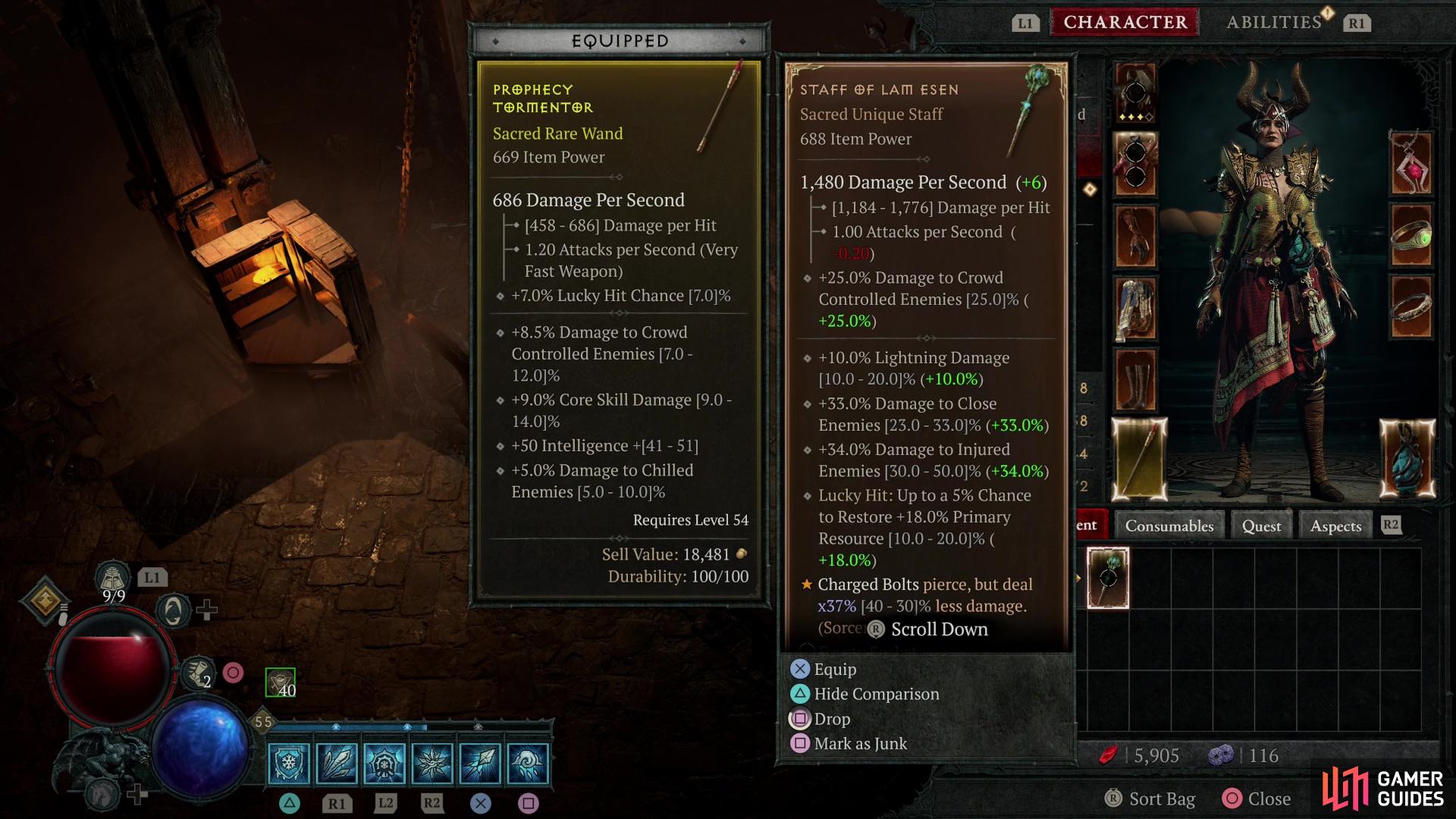

 Sign up
Sign up
No Comments